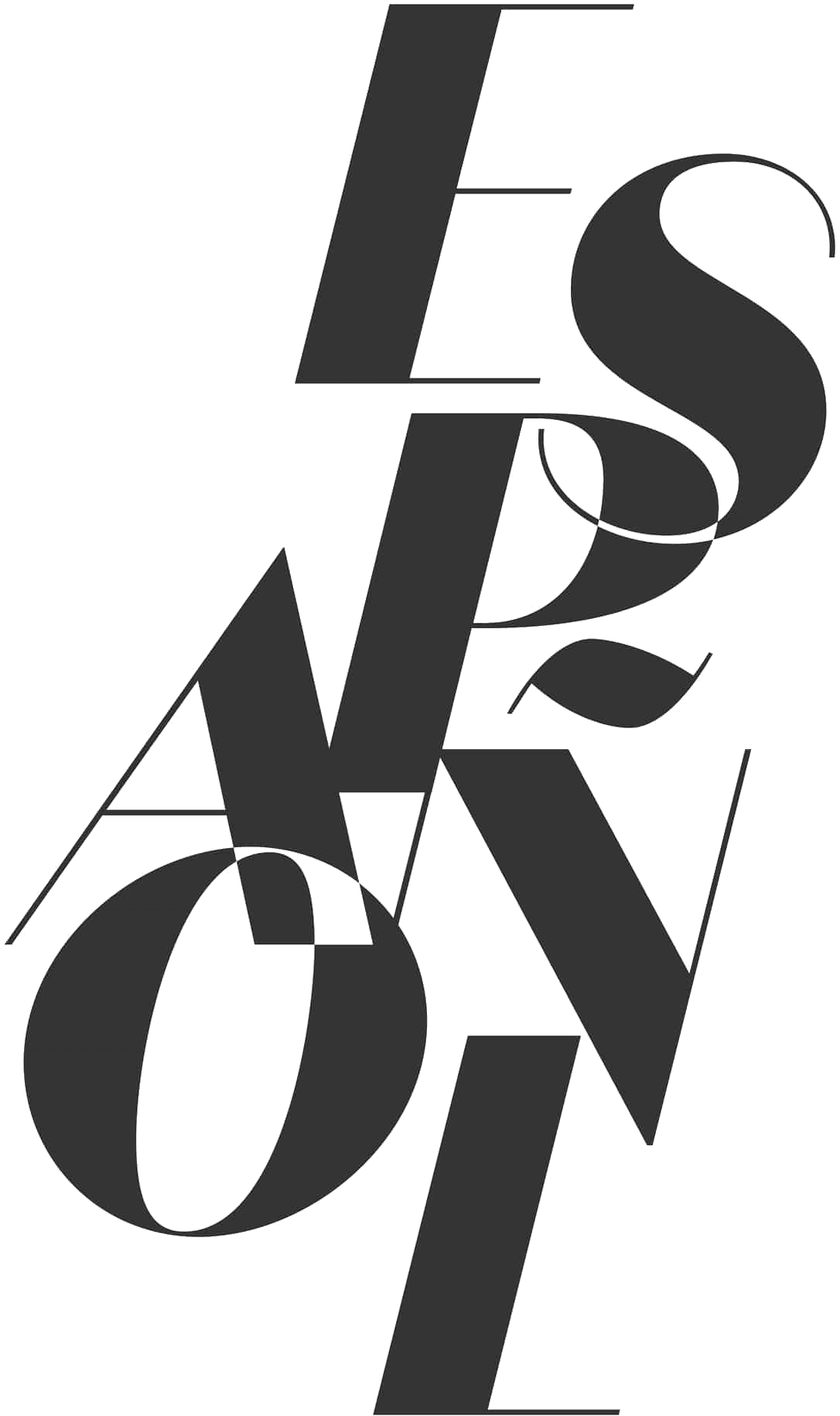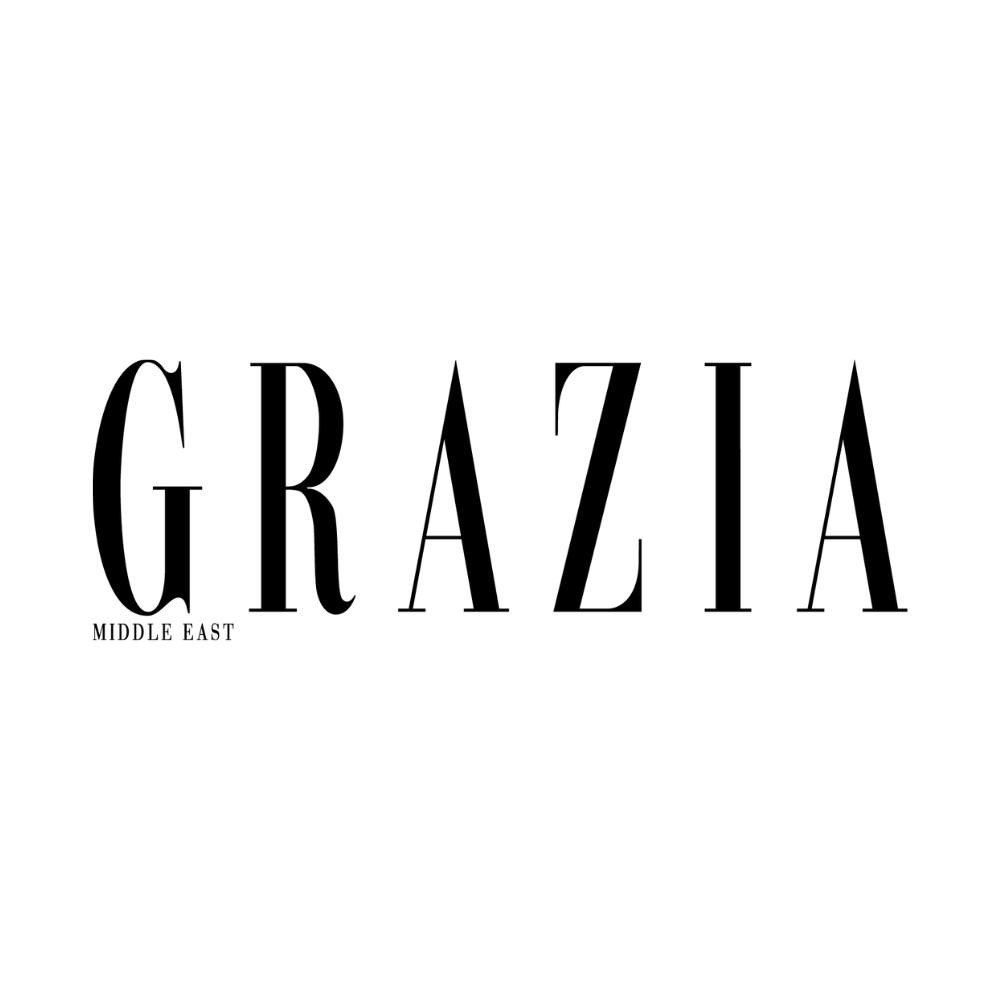Newsfeed
From ancient gardens to modern revolutions, the story of Iran – Persia, to many, has always been written most starkly on women’s bodies. Carriers of light through oppression, exile and war, Persian women embody both wilderness and resilience, as documented by Iranian-British-Kiwi writer Sahar Sedaghat in this love letter to her roots.
“I wish I could show you, when you are lonely or in darkness, the astonishing light of your own being.” — Hafez, Persian Poet, 14th century.
When I was in my early twenties and living overseas, I copied these words from one of Persia’s greatest poets into a card for my sister, who was going through a difficult time.
Years later, they still echo back to us. They have become a mantra, not just for the two of us, but for the collective story of Iranian women, or Persian, as many of us prefer to call ourselves. Our light endures. Even under oppression, in exile, or in war, across oceans, it refuses to be extinguished. That untameable light is what makes us feel wild at our core: we are women taught to carry illumination through darkness, to survive regimes that try to dim us, to shine even when flickering.
You may be wondering: What exactly is the difference between Iranian and Persian? These days, they’re often used interchangeably, depending on who you ask. To explain, we need a brief return to history.
A disclaimer before we begin: as a land of ancient civilisations and modern challenges, Iran’s history has shaped and been shaped by global events for millennia. Its geography has made it both a crossroads and a battleground, and it is vast, layered, and impossibly complex. As I write this, the country is once again in turmoil and on the brink of collapse, facing some of its most significant challenges in modern history. What follows is not an exhaustive chronology, but an attempt to contextualise the roots and ruptures that shape the nation today.
returning to the roots of wilderness
In Iran: A Very Short Introduction, Iranian historian Ali Ansari summarised the difference well: “Mention the words ‘Persia’ and ‘Persian’ to anyone in the West and it’s likely to elicit a positive response… Mention Iran and the Iranians, and the response is likely to be more negative. Ironically, the government’s 1934 insistence on using ‘Iran’ was meant to banish associations of decadence and decline. Instead, it has been burdened with nuclear standoffs, extremism, and repression.”
Persia, however, has always carried a different resonance. German philosopher Georg Wilhelm Friedrich Hegel once referred to the Persians as the “first historical people.” Most famously, in the 6th century BC, Cyrus the Great transformed a cluster of semi-nomadic tribes into the Achaemenid Empire, the ancient world’s first superpower, in less than 15 years. He embodied one of the earliest contradictions of Iranian history: remembered both for his conquests and his benevolence. His leadership is often cited as pioneering ideas of human rights and freedom, values many Persians and Iranians alike still hold dear.
The empire passed through many iterations: the Achaemenids, the Seleucids, the Parthians, and finally the Sasanians, who established the first Persian kingdom and laid the groundwork for modern Iran.
One of my favourite tropes in Persian history is that kings were remembered not only as warriors but as gardeners. In fact, my mother, an environmental scientist, used to joke that Persians were the world’s first environmentalists, a claim echoed by Ansari. Even the word “paradise” comes from Old Persian ‘pairidaēza’: an enclosed garden, a vision of heaven made earthly, as British historian Amélie Kuhrt reminds us.
My earliest memory of Iran is my grandfather’s garden in Esfahan, enclosed and fragrant, my first paradise. Perhaps this is why I have always felt such an affinity to nature, as though it was inherited along with my ancestry. But these days my call to the wild feels less like the ordered rows of that garden and more unruly, more untamed, mirroring Iran itself.
In Persian mythology, women were linked to elemental forces such as water, fire, air, and earth. Growing up with these stories, I came to understand why I’ve always felt called to the wild. Nature has always been my refuge, my safe space. That call never felt like a choice; it felt inherited, written into me by ancestry.
Retracing my roots has also helped me understand why Iran is so often misunderstood in the West. Our history is one of contradiction: benevolence and conquest, decadence and decay, order and chaos. And it has always been written most starkly on women’s bodies, celebrated and punished, educated and exiled, unveiled and re-veiled. Women, I would argue, have always been the wild, beating heart of the nation.
The splintered trunk
“Iranian history is a palimpsest: each new order writes over the old, yet traces always remain visible,” Iranian historian Abbas Amanat observes. Iran’s story is one of reinvention, but each rewriting has come at immense cost, and women have often borne the heaviest consequences.
By the late 1800s, Qajar shahs ruled as near-absolute monarchs, bartering away concessions in tobacco, banking, and oil to Britain and Russia while Iranians sank deeper into poverty. In 1891, a British tobacco monopoly sparked nationwide boycotts, many of which were led by women. Their defiance contributed to the Constitutional Revolution of 1906, Iran’s first fragile step toward achieving popular sovereignty.
In 1921, Reza Khan, an ambitious officer, staged a coup. Fourteen years later, he crowned himself Reza Shah Pahlavi, deliberately choosing the dynastic name ‘Pahlavi’ to root his rule in pre-Islamic grandeur. In 1935, he asked foreign states to refer to the country as Iran (from Aryānām, ‘land of the Aryans’) rather than Persia, signalling modern nationhood.
His son, Mohammad Reza Shah, inherited the throne in 1941 under Allied occupation. Flush with oil wealth, he launched the ‘White Revolution’ in the 1960s: extending women’s suffrage, expanding family protections, modernising schools, and sending more women to universities. Women gained the right to vote in 1963, could hold public office, and entered professions in growing numbers.
Yet progress came with repression. The Shah’s authoritarian regime allowed no political outlet for dissent. SAVAK, his secret police, infiltrated daily life. Tehran glittered with oil wealth by the mid-70s, but inequality deepened and discontent grew.
By 1977, criticism was mounting. Journalists, intellectuals, lawyers, and activists penned open letters condemning corruption, repression, and foreign dependence. Dissatisfaction spread, and in 1979 the bargain broke. A broad coalition of students, workers, merchants, intellectuals, and clerics toppled the monarchy. Ayatollah Ruhollah Khomeini returned from exile, promising justice.
What followed was anything but. Within months, the monarchy was abolished, an Islamic Republic declared, and women were ordered back into veils. Evin Prison became synonymous with torture. Rape was used as a weapon of political and gendered oppression.
Iran quickly descended into a totalitarian regime.
And the revolution was written, once again, on women’s bodies.
Branches of resistance
By 8 March, 1979, International Women’s Day, tens of thousands marched through Tehran chanting: “We did not have a revolution to go backwards.”
Students, doctors, lawyers, teachers, activists, and women who had helped topple the Shah were now demanding the right to choose what to wear. Instead of a celebration, the rally became a six-day battle against compulsory hijab.
Many understood this was not about cloth but control, an attempt to erase women from public life. They fought back, but pro-Khomeini mobs stormed the protests with sticks and knives, branding dissenting women “enemies of Islam” and “agents of the West”.
Iranian Nobel Laureate Shirin Ebadi later admitted her disillusionment. In a Wall Street Journal op-ed, she wrote: “I thought the Iranian Revolution would bring freedom. I was wrong.”
Speaking to the next generation of Iranian women, she added: “I am deeply sorry that you still have to pay such a high price for the mistake we made.”
Though the regime forced veiling, a slow, silent rebellion began.
Women waged a persistent ‘battle of the hairline’, pushing their headscarves back to reveal more and more hair. The hemline of the manteau, the long robe every woman was required to wear, crept steadily shorter. Much to the consternation of hardline deputies, women began outnumbering men in university entrance examinations. Many entered the workforce, launched small businesses, or ran enterprises from home.
This quiet defiance unsettled the state. As political scholar Sanam Vakil observes, “Women refused to vanish from public life, instead transforming the very constraints meant to silence them into spaces of activism.”
From the tobacco boycotts to the One Million Signatures campaign, from filling university campuses in the 1990s to resisting compulsory veiling today, each generation has built upon the defiance of the last.
A forest fire
But resistance can only smoulder for so long before it ignites.
After 43 years of shrinking rights, Mahsa (Jina) Amini’s death in 2022 was the spark that set everything ablaze.
Her arrest by the morality police for “improper hijab” and the fatal injuries she sustained in custody lit a fire across Iran. The grief that followed became a nationwide uprising. Many observers described it as the region’s first feminist revolution.
The ‘Women, Life, Freedom’ movement swept through campuses, streets, and rooftops. Women cut their hair, burned headscarves, and claimed ownership of their bodies and futures.
“These protests are not about a piece of cloth,” Narges Bajoghli, Assistant Professor of Middle East Studies at Johns Hopkins University, explained. “They are about women claiming ownership of their bodies, their futures, their nation. It is nothing short of revolutionary.”
But fire burns along fault lines. Sanctions, proxy wars, and nuclear brinkmanship have left Iran isolated. A 12-day war with Israel earlier this year exposed contradictions once more: the regime silenced the media not to protect people, but to preserve its image. Soon after, Afghan migrants were expelled en masse, in what the Centre for Human Rights in Iran called one of the largest deportation campaigns in modern history.
Now, as European powers weigh sanctions and Tehran threatens to exit nuclear treaties, senior officials declare: “We are in a state of war.” The regime teeters, but Iranians know the cost of collapse too well.
The question that lingers is not whether the fire will die out, but whether it will clear space for new growth.
Ashes or seeds?
When I told my dad I was writing this piece, he told me not to waste my time. “There are more important subjects than a failed country. Nothing to learn from ashes,” he warned me.
My mother echoed his cynicism. Their words mirror the exhaustion of many in the diaspora, burnt out and hopeless, watching from afar.
But I cannot look away.
You may recognise the famous lines by Persian poet Rumi: “The wound is the place where the light enters you.”
Those words ring true for me here.
As Azadeh Pourzand, the Iranian Senior Fellow and Head of the State-Society Relations Research Unit at the Center for Middle East and Global Order, has said, “As diaspora, we have a duty to speak for those silenced inside Iran, but also to listen, to ensure our advocacy reflects their struggle rather than replaces it.”
That duty always returns me to my call to the wild. For me, it began in Esfahan, in my grandfather’s garden, enclosed and fragrant… my first paradise.
Now, that paradise might be a little less orderly and a little more untamed, a little more primal. Shaped by rupture as much as by beauty, perhaps not unlike Iran itself.
This is why Persia and Iran remain inseparable for me. Persia, the paradise of poets and gardens. Iran, the republic of ruptures. To embrace one without the other is to tell half the story. My love letter is to both: to the wounds and the light, to the ashes and the seeds, to the women whose wildness carries us forward.
Our nation carries both pain and power. Its women are poets, rebels, architects of the future. And so I return to where I began: the call to the wild within us, and the light that refuses to be extinguished.










